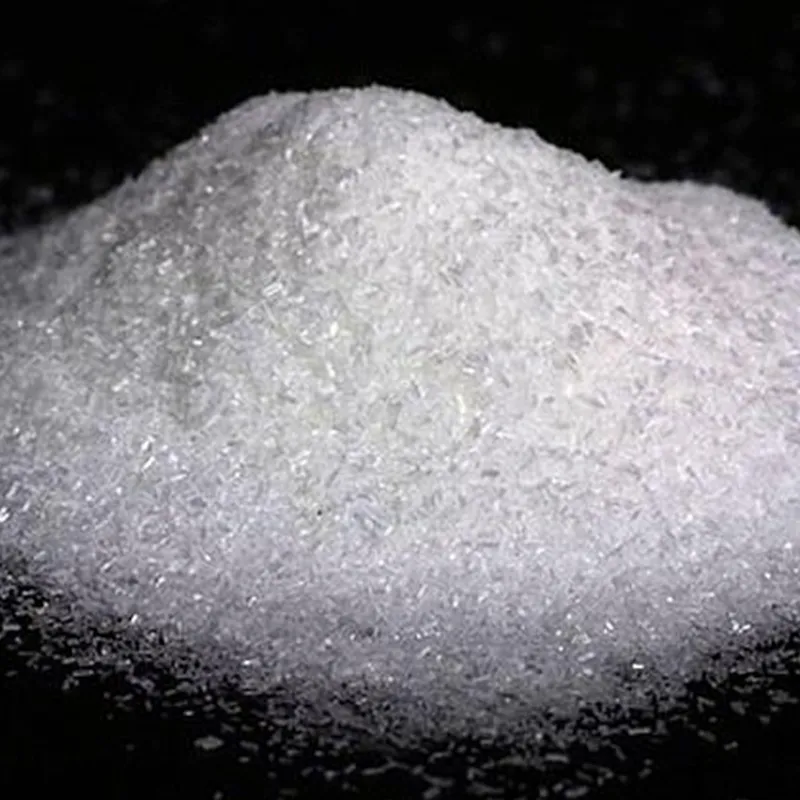
Understanding the Role of Sodium Bicarbonate in Neutralizing Acids and Its Applications
Understanding Sodium Bicarbonate and Its Acidic Interactions
Sodium bicarbonate, commonly known as baking soda, is a versatile compound with a chemical formula of NaHCO₃. Widely recognized for its leavening properties in baking, sodium bicarbonate serves many other purposes across various fields, including medicine, cleaning, and even environmental science. One of the most intriguing aspects of sodium bicarbonate is its interaction with acids, which provides insights into both its practical applications and its underlying chemistry.
When sodium bicarbonate encounters an acid, it undergoes a neutralization reaction. This reaction can be observed in everyday scenarios, such as when baking soda is mixed with vinegar, a common household acid. The reaction can be represented by the following equation
Understanding Sodium Bicarbonate and Its Acidic Interactions
In this equation, the hydrogen ions (H⁺) from the acid react with the bicarbonate (HCO₃⁻) ions from sodium bicarbonate, resulting in the production of carbon dioxide (CO₂), water (H₂O), and sodium ions (Na⁺). The effervescence observed during this reaction is due to the rapid release of carbon dioxide gas, which is why baking soda is often used in cooking and baking to create lift and texture in baked goods.
sodium bicarbonate acid

The ability of sodium bicarbonate to neutralize acids makes it an excellent antacid for treating conditions like heartburn and indigestion. When swallowed, sodium bicarbonate reacts with excess stomach acid (HCl) to form sodium chloride (table salt), water, and carbon dioxide—providing symptomatic relief by raising the pH of gastric contents. This property has made sodium bicarbonate a staple in many households as a quick remedy for acid-related discomfort.
Beyond culinary and medicinal uses, sodium bicarbonate's interactions with acids are also significant in environmental applications. For example, it can be used to mitigate acidic wastewater. The introduction of sodium bicarbonate into acidic environments can help buffer pH levels, preventing potential harm to aquatic life and promoting healthier ecosystems. This application illustrates the compound's ability not only to neutralize acids but also to promote chemical balance in nature.
Moreover, in the field of chemistry, sodium bicarbonate is often employed in laboratory experiments as a gentle base. Its mild nature allows it to interact safely with many acids, making it an ideal reagent for teaching and experimentation. The controlled release of carbon dioxide during acid-base reactions provides a clear visual representation of these processes, facilitating learning and understanding of fundamental chemical principles.
Sodium bicarbonate's role extends into cleaning products as well, where its mild abrasiveness makes it useful for scrubbing surfaces without scratching them. Furthermore, its alkaline nature helps to dissolve grime and grease, especially when combined with acidic substances, making it a popular ingredient in many eco-friendly cleaning solutions.
In conclusion, sodium bicarbonate is much more than a simple leavening agent. Its interactions with acids highlight its diverse applications in health, environmental science, and education. Whether used in the kitchen, as a remedy for acid indigestion, or as a cleaning agent, sodium bicarbonate's ability to neutralize acids underscores its importance and versatility. Understanding these interactions not only enhances our appreciation of this everyday compound but also invites further exploration into the fascinating world of chemistry.
-
nitrile-rubber-honoring-strict-production-standardsNewsAug.22,2025
-
aspartame-ingredients-honoring-food-safety-valuesNewsAug.22,2025
-
fertilizer-for-balanced-plant-nutritionNewsAug.22,2025
-
cyanide-gold-processing-with-high-purity-additivesNewsAug.22,2025
-
formic-acid-in-textile-dyeing-applicationsNewsAug.22,2025
-
aluminum-hydroxide-gel-in-skincare-productsNewsAug.22,2025
-
Regulatory Compliance for Global Mining Chemicals UseNewsAug.12,2025
Hebei Tenger Chemical Technology Co., Ltd. focuses on the chemical industry and is committed to the export service of chemical raw materials.
-

view more DiethanolisopropanolamineIn the ever-growing field of chemical solutions, diethanolisopropanolamine (DEIPA) stands out as a versatile and important compound. Due to its unique chemical structure and properties, DEIPA is of interest to various industries including construction, personal care, and agriculture. -

view more TriisopropanolamineTriisopropanolamine (TIPA) alkanol amine substance, is a kind of alcohol amine compound with amino and alcohol hydroxyl, and because of its molecules contains both amino and hydroxyl. -

view more Tetramethyl Thiuram DisulfideTetramethyl thiuram disulfide, also known as TMTD, is a white to light-yellow powder with a distinct sulfur-like odor. It is soluble in organic solvents such as benzene, acetone, and ethyl acetate, making it highly versatile for use in different formulations. TMTD is known for its excellent vulcanization acceleration properties, which makes it a key ingredient in the production of rubber products. Additionally, it acts as an effective fungicide and bactericide, making it valuable in agricultural applications. Its high purity and stability ensure consistent performance, making it a preferred choice for manufacturers across various industries.





